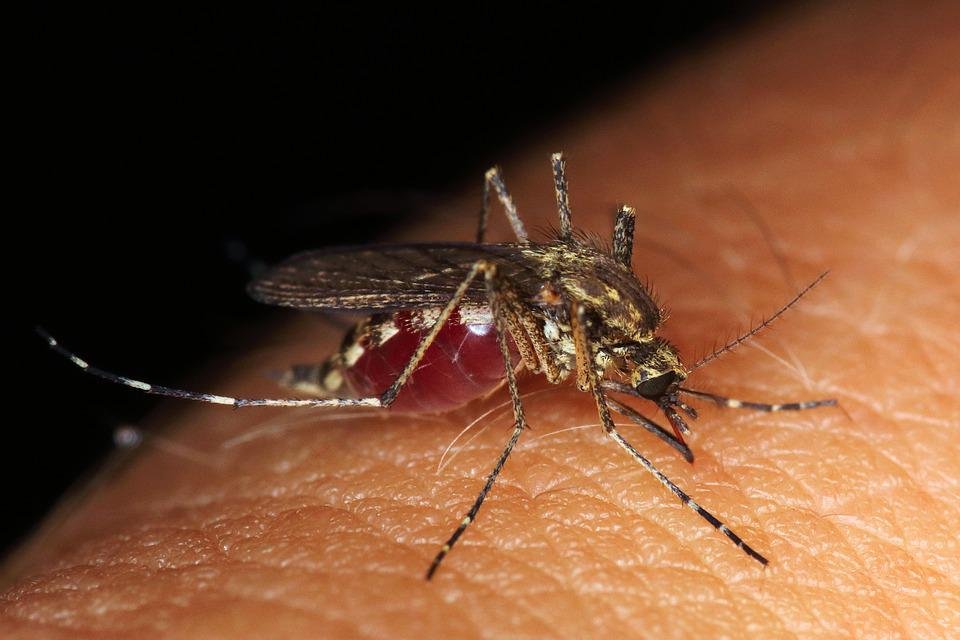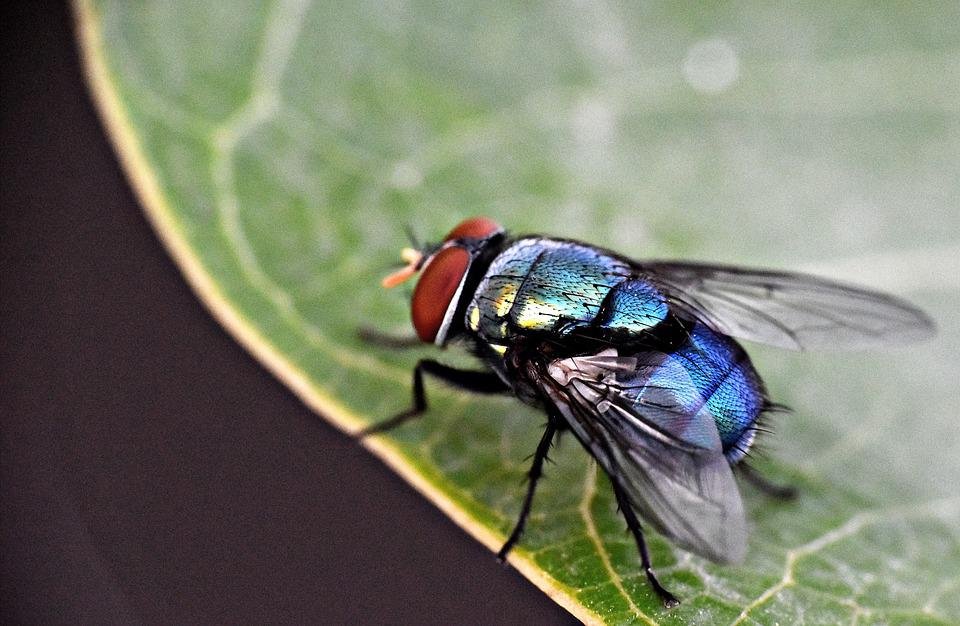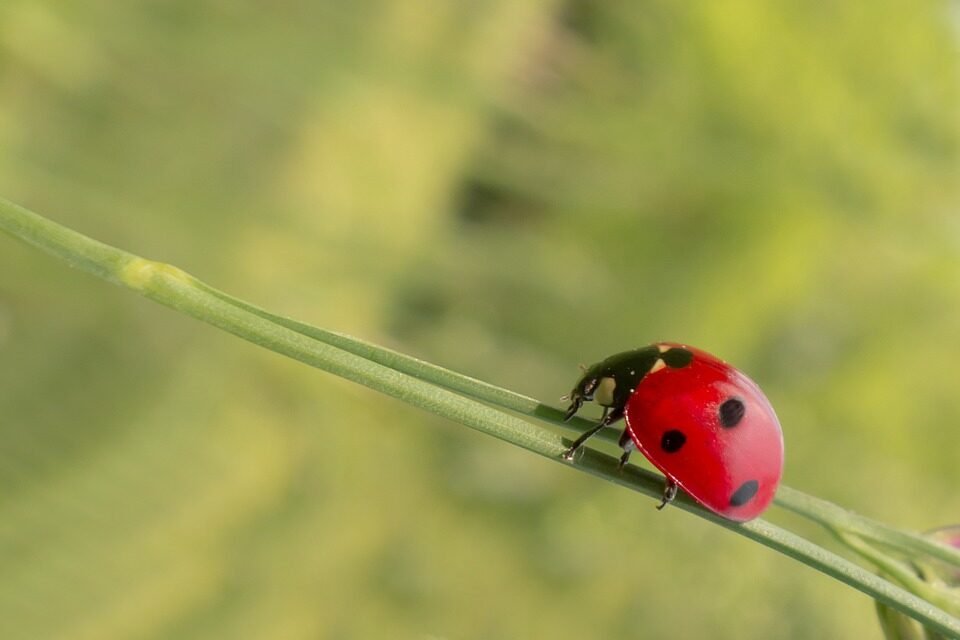Pest Hunting

Pest control can also be achieved via culling the pest animals — generally small- to medium-sized wild or feral mammals or birds that inhabit the ecological niches near farms, pastures or other human settlements — by employing human hunters or trappers to physically track down, kill and remove them from the area. The culled animals, known as vermin, may be targeted because they are deemed harmful to agricultural crops, livestock or facilities; serve […]
In agriculture, horticulture, and forestry

Biological pest control is a method of controlling pests such as insects and mites by using other organisms.[8] It relies on predation, parasitism, herbivory, parasitody or other natural mechanisms, but typically also involves an active human management role. Classical biological control involves the introduction of natural enemies of the pest that are bred in the laboratory and released into the environment. An alternative approach is to […]
Learn about pest

Pest control is at least as old as agriculture, as there has always been a need to keep crops free from pests. As long ago as 3000 BC in Egypt, cats were used to control pests of grain stores such as rodents.[1][2] Ferrets were domesticated by 1500 BC in Europe for use as mousers. Mongooses were introduced into homes to control rodents […]
What is Pest Control

Pest control is the regulation or management of a species defined as a pest, a member of the animal kingdom that impacts adversely on human activities. The human response depends on the importance of the damage done and will range from tolerance, through deterrence and management, to attempts to completely eradicate the pest. Pest control measures may be performed […]



